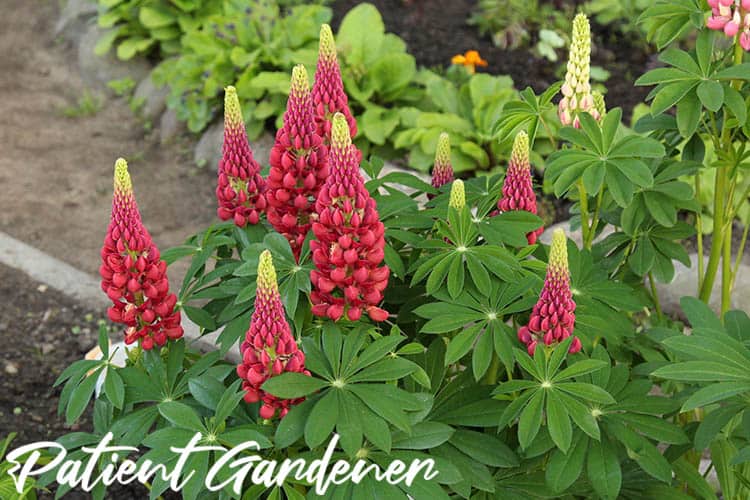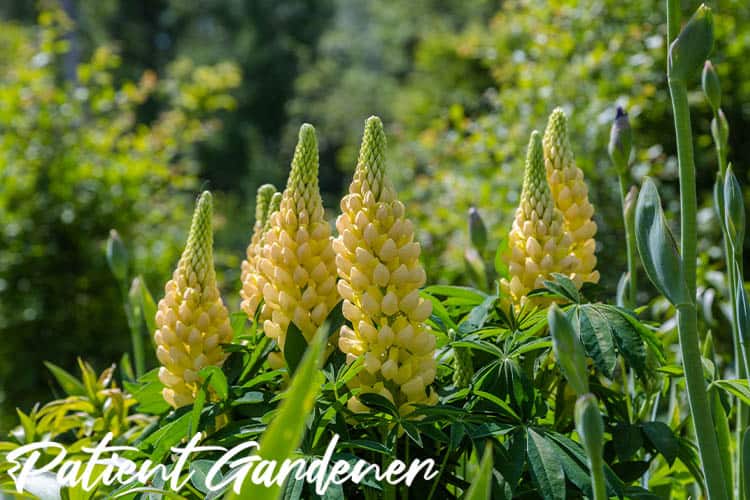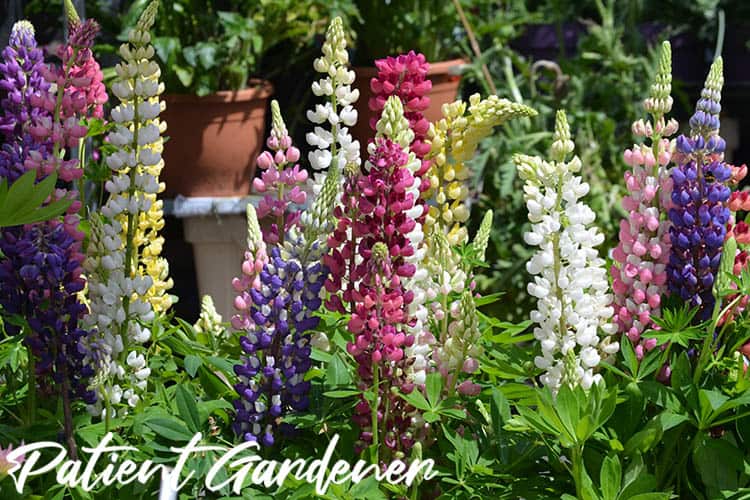What colours do lupins come in?
Lupins can be a great addition to any garden border and can even be grown in pots. But if you are thinking of adding them to your garden then you may well be wondering what colours do lupins come in? Let’s have a look and find out exactly what colours you can get these popular perennials in.

What colours do lupins come in?
The most common colours for lupins are purples and blues. You can also get yellow, red, white and more peachy coloured lupins.
Have a look at the photos below for examples of different coloured lupins.




If you have a particular lupin growing in your garden that you like the colour of and want to grow more then don’t think you can just plant the seeds and be on your way. Although you can grow lupins from the seed pods there is another problem you will face.
Lupins don’t tend to stay true to colour when grown from seed and often revert to more blue/purple shades. The only way to get a true replica of a lupin plant is to grow it from cuttings.
Russel Mixed
The most common seed you will see, or seedling in a nursery for that fact, is often a Russel mixed. What this means is that the flowers are mixed and you will get a few different coloured plants.
The Russel part of the name comes from George Russel a gardener famous for developing the hybrid lupins that dominate the lupin scene to this day.
More on Lupins
Lupins are a beautiful flower that you will find in many British gardens. Lupins are a staple of British cottage gardens, famed for both their height and colour. Originally hailing from the Mediterranean they are a perennial that will greet you with a gorgeous display year after year.

They produce a large flowering spike that is full of colour and each plant can have lots of these spikes leading to a fabulous display. They will begin to flower around may and can last well into June. The flowers do go to seed quite quickly but your lupin will continue to produce more and more new spikes.
To get the best out of these spikes though it is essential to deadhead the old spikes to give the new ones a chance to flourish. Also cutting your lupins back in autumn can help them the following spring. The seeds are edible but if not treated properly first they can be poisonous to animals and humans. Greenfly can be a common problem for lupins here in the UK.





